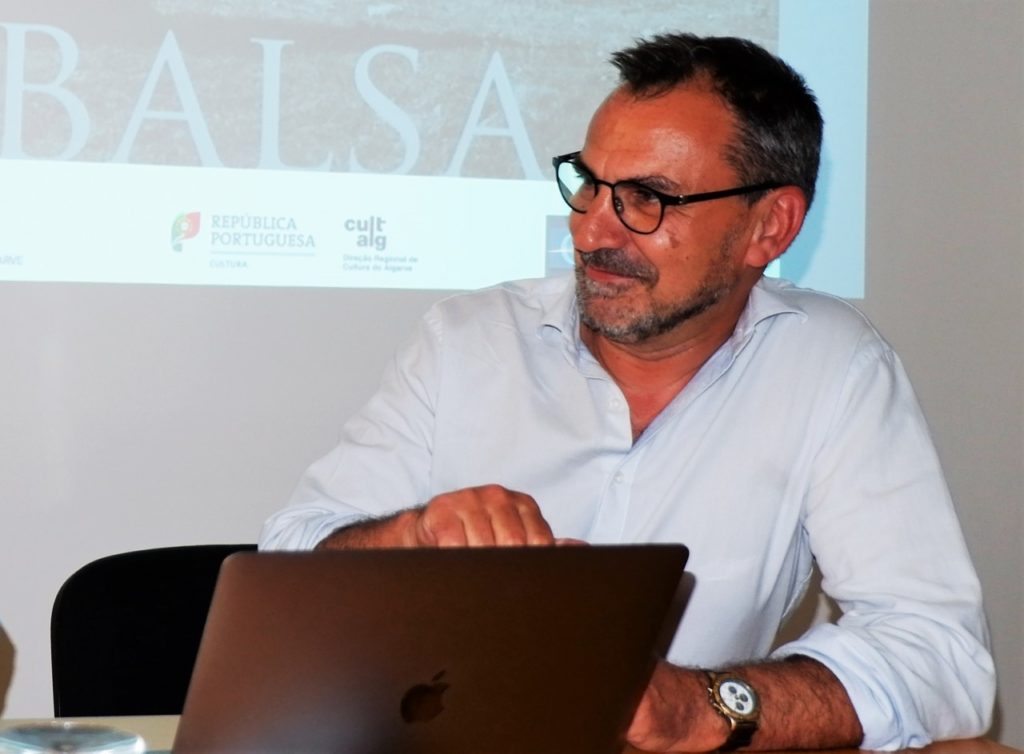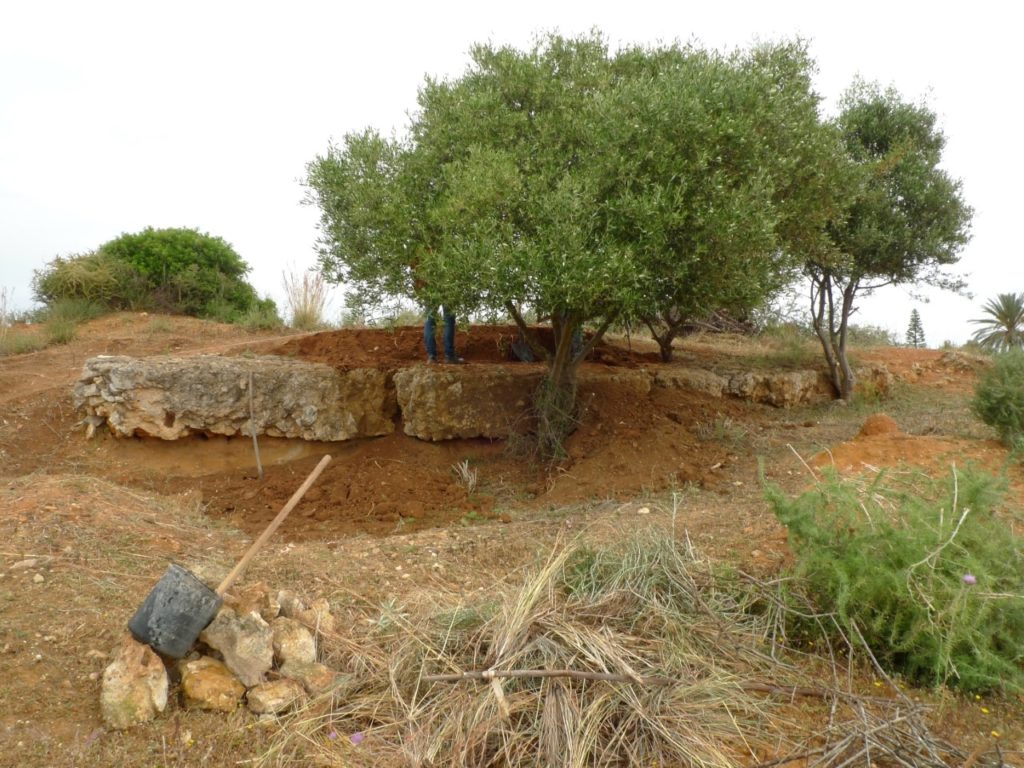To understand exactly where it was located and what was the true dimension of the Roman city of Balsa is the objective of the archaeological campaign that will take place between August 19th and September 6th, in the Torre d'Aires farm, in Tavira.
Archaeologists will return to the place where this historic Roman city once existed, after a first foray into the field in 2016 and 2017, very focused on geophysical prospecting.
Thus, it can be said that, now, «the excavations will finally begin», as he illustrated to the Sul Informação João Pedro Bernardes, archaeologist and professor at the University of Algarve.
This specialist in the Roman period will be one of the coordinators of the project “Ferry, Recovery and dissemination of a Roman city in the Iberian Southwest – Cultural project for social cohesion and local sustainability”, jointly promoted by Regional Directorate of Culture of the Algarve (DRCAlg), by the University of Algarve and the Municipality of Tavira, with the participation of the Centro de Ciência Viva de Tavira and the local owners.
The entities involved in the project will sign this Friday, the 26th, in Tavira, a collaboration protocol «for the development of joint projects of a scientific, technical and training nature within the scope of safeguarding the archaeological, historical and natural heritage» of this site archaeological, according to DRCAlg.
On the sidelines of the lecture “The Roman city of Balsa and the Mediterranean identity of the Algarve”, which he gave in May together with Cristina Tété Garcia (CEAACP/UAlg and DRCAlg), João Pedro Bernardes explained to Sul Informação which will consist of the campaign that will start on 19 August.

"This campaign will be based on the geophysical surveys carried out in 2016 and 2017, paid for by the owner at the time, who in the meantime gave up [a project to install greenhouses] and sold the property," said the archaeologist.
Once on the ground, the first thing to know is "what were the limits of the urban area of Balsa", bearing in mind that, "actually, nobody knows exactly how big the city was and where it was located".
«Then, through geophysics and archaeological excavations, we will try to understand what is still preserved and where the potential remains are concentrated. Only after that can we detail a future project in more detail», said João Pedro Bernardes.
Although there is an entire imaginary surrounding what Balsa might have been, the reality is that very little concrete is known about this city that existed almost two thousand years ago in the place now called Torre d'Aires, on the edge of the Ria Formosa. Hence, it is important to understand what you are dealing with.
«It's not worth it for us to be thinking about very large flights or about turning the Ferry into a Conímbriga, when no one knows what's there, or what might still be left», believes the archaeologist from UAlg.
In practice, the objective of the campaign, «for now, is to isolate the urban nucleus of Balsa from all that noise around it, which was where the villas and private houses, which is something that has confused many people. From there, it's about seeing what's inside the city».
Archaeologists have a large area to probe. “We have already identified a set of anomalies that correspond to structures. We have to do a survey about these anomalies to understand what kind of structures they are and their state of conservation».

Despite these indications, it is not possible to know the state of conservation of the archaeological remains. The structures may even be "completely destroyed", warned João Pedro Bernardes, speaking to the Sul Informação.
Another objective, this one more specific, is to try to «resolve some unknowns that hang in the air, regarding the port area».
“As this was a port city, the port area was essential. As it was close to the river, there had to be a harbor. And, in the geophysics that we have already done, some anomalies appear that may correspond to this infrastructure», according to the archaeologist.
The campaign also aims to «promote, through its study and dissemination, the strengthening of the training of the community in general and the school population in particular, contributing to their self-esteem, social cohesion and intergenerational dialogue», explains DRCAlg, the possibility of creating a school camp is not ruled out.
The protocol to be signed this Friday provides for excavations to be carried out in 2019 and 2020.
«At the end of this first phase, an exhibition about Balsa is planned at the Museu de Tavira. The data we collect, regardless of size, will at least allow us to create a small interpretive center in the museum itself», said João Pedro Bernardes.
As for an interpretive center at Balsa, in the true sense of the word, it will only advance “in a second phase and if it is justified”.
For the field work to be carried out in August, around 60 thousand euros are earmarked. This amount is included in an application of 237 thousand euros, which will have 60% co-financing of the CRESC Algarve 2020 Operational Program.



















Comments